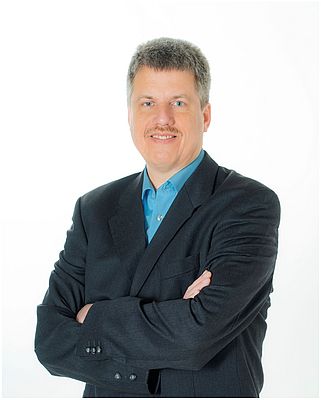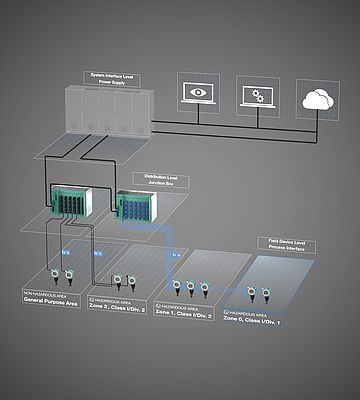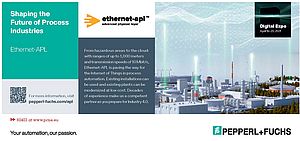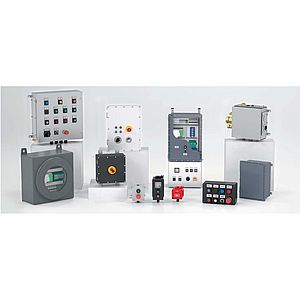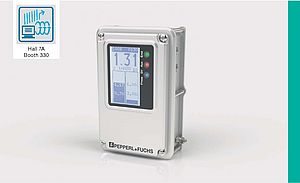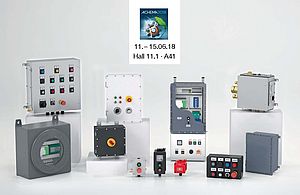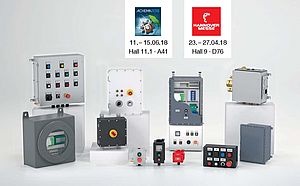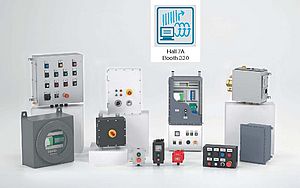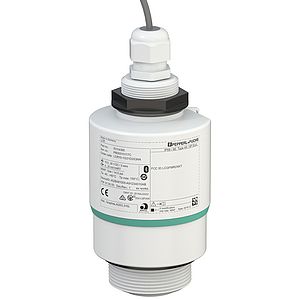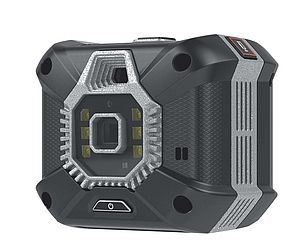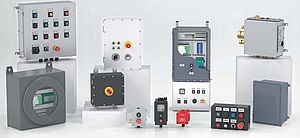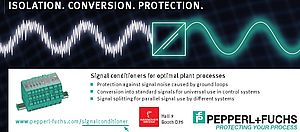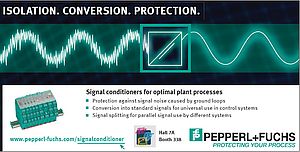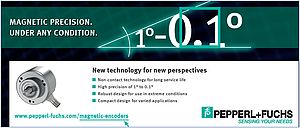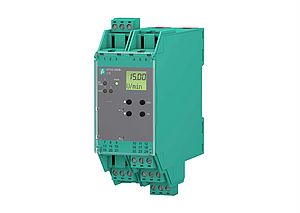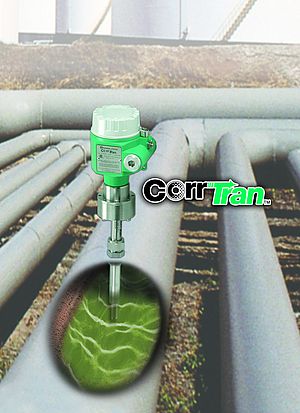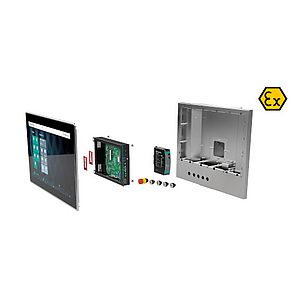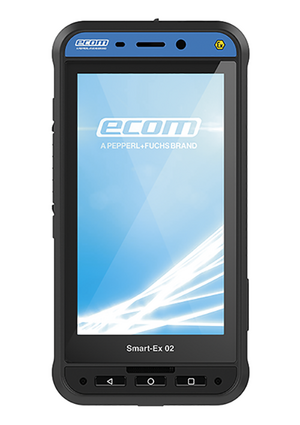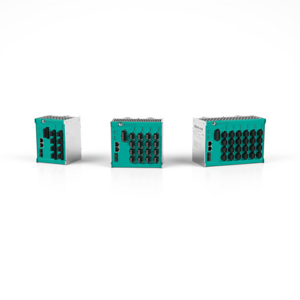Part 1: PCN September '21 print issue
PCN Europe: Pepperl+Fuchs is one of the industrial partners of the Ethernet APL project from the start. Could you please give a short description of the history of the project and the main players involved in it?
A. Hennecke: The APL Project is probably one of the very unique collaborations in process industries. Five DCS companies, three infrastructure providers and four instrument manufacturers – competitors in their respective fields – came together to develop and promote a single physical layer that is fit for process industries.
At Pepperl+Fuchs we discussed first ideas for an Ethernet in the field already in 2009. 2015 was big break through where multiple solutions showed concepts that it can be done. The suppliers and user organizations signed contracts for a joint standardization and development project in 2018. Now we promote the technology to users inviting them to test the technology in practices. We are extending an invitation to all manufacturers to integrate Ethernet-APL into their technologies and products and to users to explore and deploy the technology.
PCN Europe: What would you describe as the main technology and benefits of Ethernet-APL from your point of view, for the professionals in process automation?
A. Hennecke: Ethernet-APL is a physical layer only. A technology that in general physical handling is pretty similar to what our users are already accustomed to, say 4-20 mA technology. It carries power, communication and explosion protection on two wires with the robustness and ease of handling that our users in process industries require. This makes adoption of the technology a rather evolutionary process. The significant change and departure from analogue signals is that Ethernet-APL provides for barrier-free digital communication from enterprise all the way to the field. No more gateways, no more protocol translations. At first this seems rather uninteresting, but it is very close to a revolutionary change how we work with instrumentation. To explore this, we need to look beyond the physical layer and include the features and benefits of communications protocols such as EtherNet/IP, OPC UA, Profinet or HART IP. Already established in factory automation, the combination of these technologies provide the potential for reducing cost and risk while improving quality and speed.
Consider a project with 1200 or more instruments: The vendors deliver instrumentation on site with name plates and digital tag information. The installation teams install them into the piping and connect the wiring. So far so good! Here is where the game changes: With Ethernet-based communication, the instrument connects as soon as the network powers up. Via the respective protocols, the engineering station picks up the digital tag from the instrument and registers it automatically. The device provides its driver package for upload eliminating searches for compatible EDD, GSD, FDI, FDT files. The engineering tool can keep the documentation up to date including the configuration. This high degree of automation during commissioning reduces risks for manual faults and thus provides the potential for very high-quality work.
During operations the DCS has normal access to cyclic data, while authorized personnel can access status and diagnostics, e.g. via their smart phone or tablet. From anywhere! The potential for integration of information to improve workflows is endless. New applications will emerge because access to instrumentation is so much easier.
PCN Europe: Process industry covers a lot of different industrial areas and plant sizes from small to very large. Is it possible to cover all these different requirements with Ethernet-APL in an efficient and economical way?
A. Hennecke: Absolutely. When defining the technology the experts look for and include the many different requirements for the applications to cover. For Ethernet-APL the main ingredients are those that are required for successful deployment in process plants. Just to mention a few:
- Cable distances up to 1000 m per segment. Spurs to instruments with 200 m. This can be easily adopted to any plant layout
- Explosion protection with intrinsic safety, which provides interoperability and is simple to deploy. 2-WISE is short for 2-wire, intrinsically safe Ethernet and a new chapter of IEC 60079. Ethernet can reach into any area up to Zone 0 and Division 1. The engineering and documentation steps include validation without calculation
- Screw- and clamp connectors support cable glands. This is well known installation technology.
Vendors follow strict tests to certify compliance. This is not only reassuring, it ensures interoperability thus reducing risks of faults from the technology. It provides for a smooth deployment process ultimately leading to reliable operations.
PCN Europe: Enabling IIoT-projects in the process industry and IT/OT convergence are important points speaking about Ethernet APL. Does this mean that the technology is only working for new installations? Or how could the brownfield profit from the technology?
A. Hennecke: Far from it! This is the first time in the history of process plants, that a new technology comes with a clear path for migration. Ethernet-APL utilizes type ‘A’ cables with millions if not billions of kilometres installed. Pepperl+Fuchs invented dual-purpose ports for the instruments. Aside from native Ethernet-based communication – let us assume via Profinet – the ports can detect Profibus PA devices and automatically adapt communication. Then a small setup routine and a little bit of software magic allows users to convert the Profibus communication to Profinet. Addressing of the PA device happens in the background and is also automatic. Choosing Ethernet-APL and FieldConnex enables users to operate two distinctly different communications technologies via a single infrastructure.
Investment in cables and instruments is protected while simultaneously affording users with the ability to choose the latest technology. Planners choose or upgrade the communications technology for every instrument individually. Every plant has their critical few instruments, so operators may want to keep them on a tighter leash with diagnostics. This would be an obvious choice for an instrument with high-speed, Ethernet interface.
This is now all transparent and possible with Ethernet-APL. Speaking of high speed: Radar curves update within seconds, which saves a lot of time. This practically eliminates the forced recesses that technicians have to endure today when calibrating instruments to tanks or pipes. “No more waits and too much coffee!” This is what I heard them say already during first tests. The same is true for parameter sets, which download in seconds. This provides large efficiencies during plant commissioning, but also during product change overs and device exchange.
Part 2: online-exclusive:
PCN Europe: Achema Pulse, the digital event in June, was an important opportunity to introduce Ethernet-APL to the expert audience. What were the levels of interest and feedback you received?
A. Hennecke: We are very happy with the results and feedback from Achema Pulse. 10 sessions provided various levels of introduction and insight with some sessions having beyond 200 attendees. A lot of good questions were raised, for example about grounding and shielding rules. Questions about product availability are always a good as indicator, they signify interest to deploy the technology, which is exactly what we want users to explore. The majority of questions are already answered in the Ethernet-APL Engineering Guideline, which provides the condensed knowledge from the industry experts. This guideline is written from a planner’s and operator’s point of view, detailing the best practices, how tos and examples for deployment. This guideline can be downloaded from our website at www.pepperl-fuchs.com/apl-tec.
The session on embedding Ethernet-APL into products was booked out. Suppliers showed real interest and development service companies are gearing up their portfolio and capabilities to support them. The more companies adopt Ethernet-APL the faster our vision will become reality of a single physical layer for Ethernet to the field within process plants.
We invite users to participate at our Ethernet-APL Virtual Workshop in October. This would be a great forum for operators, planners, and suppliers to gain insight, generate ideas and engage with the experts behind Ethernet-APL. Your readers are invited and stay informed at: https://www.ethernet-apl.org/#stayinformed.
PCN Europe: The first Ethernet-APL products are entering the market. Could you give us a short description about the first available Pepperl+Fuchs APL product(s) and what will be the next additions to your portfolio?
A. Hennecke: Instantaneous access to the instrument is one of the first practical features that users can experience with the first FieldConnex Switch: The topology scan we discussed earlier identifies every device connected and uploads the device type information, including Profibus PA instruments! All of this with no engineering required.
And a main stay of our family of products are the physical layer diagnostics providing measured values and NE 107 “traffic light” status. The web interface is state of the art, and provides overview information at a glance and the ability to drill down to the detail that technicians and engineers will be looking for to keep their plants running. The convenience and simplicity to install and manage the instruments and their infrastructure will now prove its worth in practice. I am personally looking forward to technicians tossing out their multimeters because they do not need them anymore, their smartphones or tablets will be the choice to get information.
This first switch provides connections into Zone 2/Div. 2. Modifications are already on the way for intrinsic safety up to Zone 0/Div. 1. Future developments will enable even longer cable runs with trunk-powered switches that can be installed in Zone 1.
PCN E: Thank you for the interesting insights.



